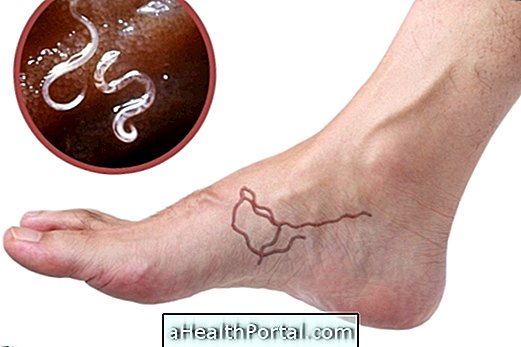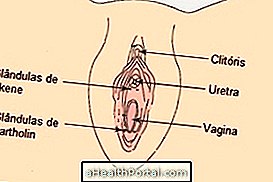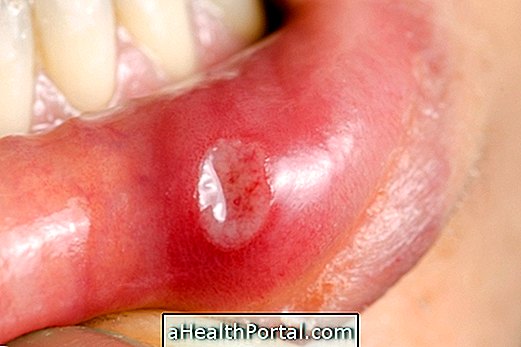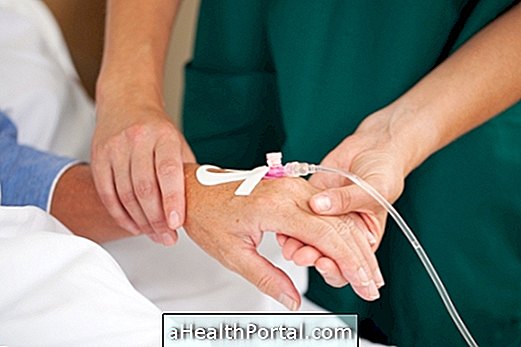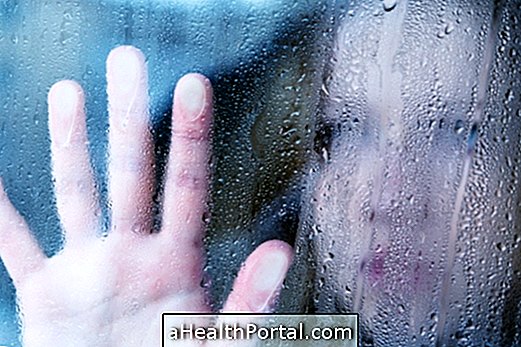Headache is a common symptom, which is usually related to fever or excessive stress, but may have other causes, appearing anywhere on the head, from the forehead to the nape of the neck and from the left side to the right side .
Generally, the headache decreases after standing or taking an analgesic tea, such as carqueja and angelica tea, however, in cases where the headache is caused by flu or infections it may be necessary to consult a general practitioner to begin treatment which may include the use of fever-reducing medicines, such as Paracetamol, or antibiotics such as Amoxicillin.
Try this tea to relieve headache: Home remedy for headache.
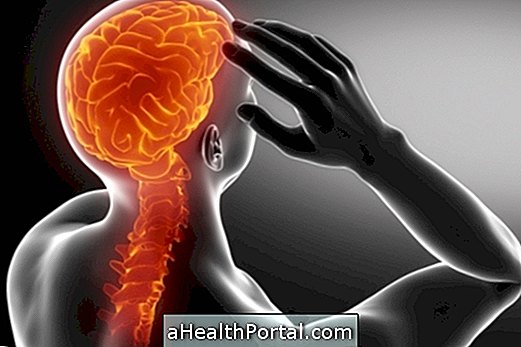
1. Headache in the neck
- What it can be: usually it is a sign of spinal problems or poor posture throughout the day. However, in more severe cases, it can also indicate meningitis, especially when it is accompanied by fever and difficulty in moving the neck.
- What to do: Put a hot compress on the neck until the pain subsides. If the pain persists for more than 1 day or if accompanied by other symptoms, a general practitioner should be consulted immediately.
2. Constant headache
- What it can be: may indicate a migraine and, therefore, can also be accompanied by nausea, vomiting and sensitivity to light or noise.
- What to do: in this case, what you can do is relax in a dark place and take an analgesic remedy, such as Paracetamol or AAS, under the guidance of the general practitioner.
More guidance on: Constant headache.
3. Headache and eye pain
- What it can be: It is usually a sign of tiredness, but it can also be an important suspect of vision problems, such as myopia or hyperopia, or simply due to tired sight.
- What to do: It is recommended to stand and avoid strong light sources, such as a television or computer. If the pain does not improve after 24 hours, an ophthalmologist should be consulted to correct vision and reduce discomfort. See what you can do to combat eye pain and tired sight at home by clicking here.
4. Headache in the forehead
- What it can be: It is a frequent symptom of influenza or sinusitis due to the inflammation of the nasal sinuses present in this region.
- What to do: wash your nose with saline solution, do nebulisations 3 times a day and take medicine for sinusitis, such as Sinutab, for example.
Learn how to properly identify whether it can be rhinitis: What it is and how to identify the symptoms of rhinitis.
5. Headache and neck
- What it can be: it is the most common type of pain and it arises, especially at the end of the day or after situations of great stress.
- What to do: can be treated with relaxation techniques, such as massage, for example.
What can be a headache in pregnancy
The headache in pregnancy is a normal first trimester symptom due to hormonal changes and the increased need for water and food intake, which can cause dehydration or hypoglycemia.
Thus, to reduce headache during pregnancy, the pregnant woman can take Paracetamol (Tylenol), as well as drink about 2 liters of water a day, avoid drinking coffee and take breaks for relaxation every 3 hours.
However, headache in pregnancy can be dangerous when it arises after 24 weeks, associated with abdominal pain and nausea, as it may indicate high blood pressure and therefore the obstetrician should be consulted promptly to initiate appropriate treatment.
Watch the video to learn how to do a massage that relieves headaches:

When to go to the doctor
It is recommended to consult a general practitioner when the headache:
- Occurs after blows or traffic accidents;
- It takes more than 2 days to disappear;
- It is accompanied by other symptoms such as fainting, fever above 38 °, vomiting, dizziness or vision changes;
- It causes difficulty in seeing or walking, for example;
- It worsens over time;
In these cases, the doctor may order diagnostic tests, such as a CT scan or MRI, to diagnose the problem and initiate appropriate treatment that may include the use of various medications. Here are the most commonly used remedies.



